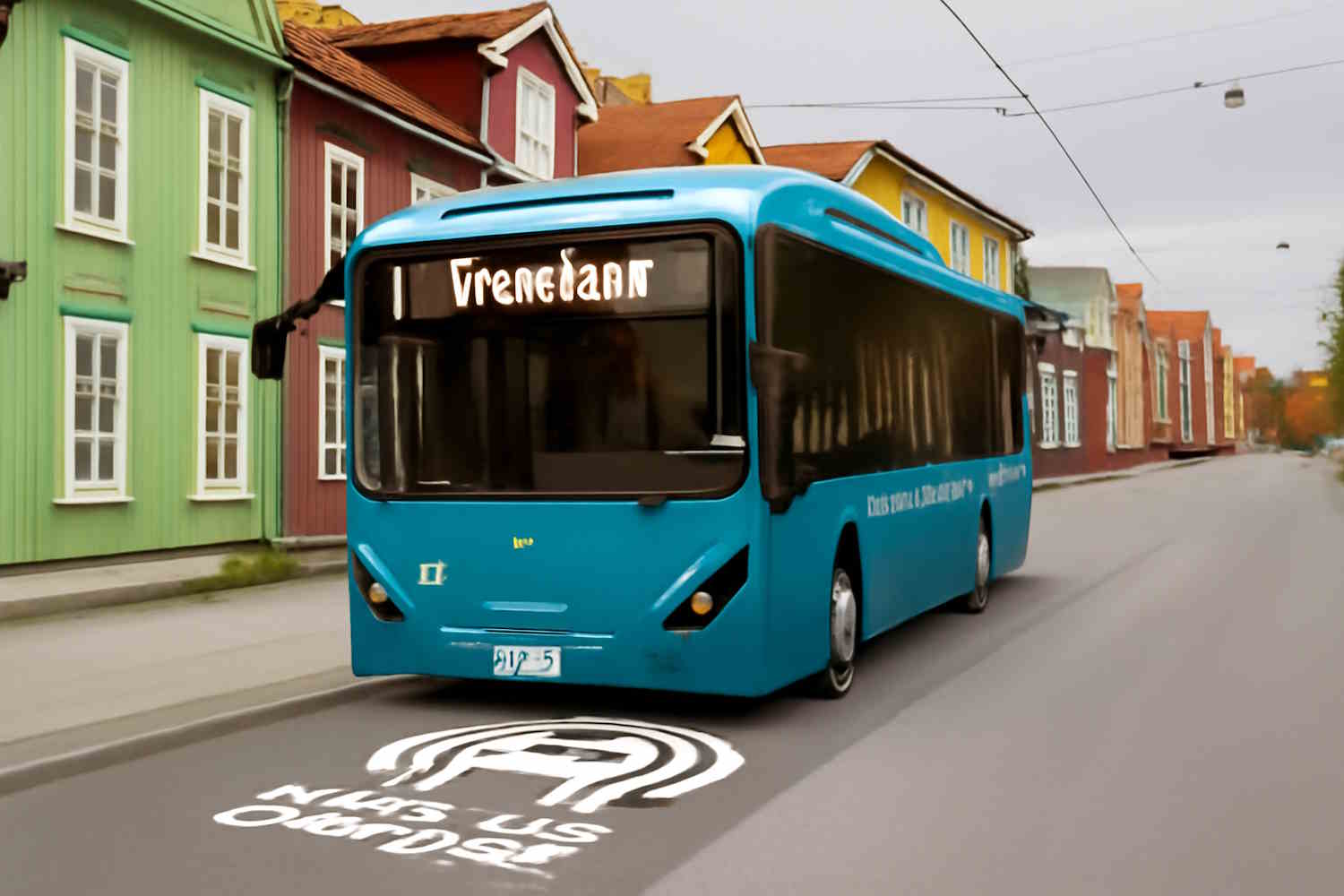Trondheim's wireless charging road for electric buses marks a groundbreaking step in urban mobility, offering efficiency, sustainability, and a new solution to public transport challenges.

In Norway, a country long at the forefront of ecological transition, a groundbreaking move has been made that could forever change the face of urban mobility. In the city of Trondheim, a stretch of road has been inaugurated that can charge electric buses while they are in motion, without the need for stops or visible infrastructure such as overhead wires. This clean, invisible, and most importantly continuous solution is designed to make public transportation even more efficient and sustainable.
The technology behind the wireless charging system
The technology driving this project is inductive charging, which enables the transfer of energy through copper coils embedded under the road surface. The vehicles, provided they are equipped with the necessary receiving system, receive the current without ever having to stop. This is a unique experiment designed to withstand even the harshest weather conditions, such as those typically seen during Norway’s winters, which often put the batteries of electric vehicles to the test.
This project is part of a pilot program funded by the Norwegian government, with a total investment of 22.4 million NOK (approximately $2.12 million). The experiment takes place over a 100-meter stretch of road, within which the components necessary for inductive charging have been installed.
Testing the system with electric buses
In this first phase, four electric buses are being tested: three from the Chinese brand Yutong, and one from the brand Higer. The goal is to verify the proper functioning of the moving charge system and the durability of the infrastructure under extreme weather conditions. The main objective is to assess how efficient, long-lasting, and scalable this technology truly is.
Increased efficiency, fewer stops, and zero emissions
One of the main challenges of electric mobility, particularly in the public transport sector, is managing charging times. Dedicated charging stations, long wait times, and high infrastructure costs can slow down the system. This project aims to overcome these obstacles. With charging on the move, buses can remain in service constantly without needing to stop for hours to recharge.
The system also helps to reduce the visual and urban impact, as it requires no poles, wires, or bulky stations. It integrates seamlessly with the road, making urban environments cleaner, not just in terms of emissions but also visually. If the trial proves successful, Norway has already announced plans to extend this technology to other public transport routes, further accelerating the push for urban decarbonization.
The future of eco-friendly urban mobility
In a world that is searching for real, concrete solutions to tackle the climate crisis, the wireless road in Trondheim is not just a technological novelty: it is a tangible example of how mobility can be rethought in an ecological way, without compromises.
Source: Electreon
